News
7
minutes reading time
8 Jan 2026
Brainport entrepreneurs: “Don't wait, move forward”
Hundreds gathered at the Evoluon on 6 January for The New Horizon. Mayor Jeroen Dijsselbloem stressed that Brainport Eindhoven’s strong economy must be matched with liveability, social cohesion and cooperation.
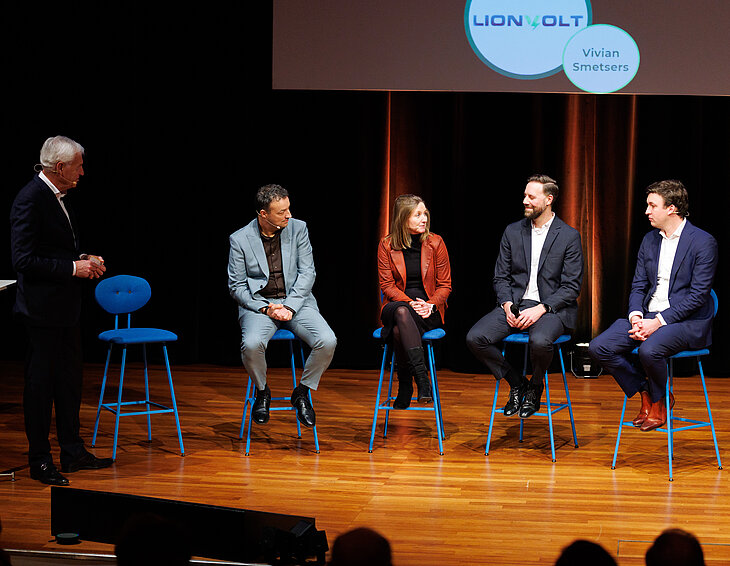

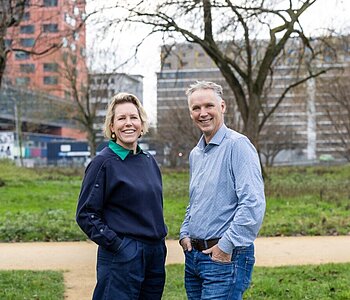
![[Translate to English:] [Translate to English:]](/fileadmin/_processed_/f/9/csm_MedTech_Groeiplan__2025-1_a2283cfe71.jpg)
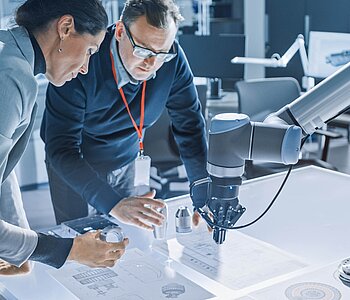
![[Translate to English:] [Translate to English:]](/fileadmin/_processed_/8/a/csm_Wasbeer_Pauw_BrainportPartnerfonds_3ae6fa9b23.jpg)
![[Translate to English:] [Translate to English:]](/fileadmin/_processed_/4/c/csm_Zorginnovatieprijs_f2706cda10.jpg)

![[Translate to English:] [Translate to English:]](/fileadmin/_processed_/e/2/csm_markant_partnerfonds_1920x1527_5d768a15c5.jpg)
![[Translate to English:] [Translate to English:]](/fileadmin/_processed_/3/c/csm_Qurmit_Partnerfonfs_1280x1920_b707d5ed3c.jpg)
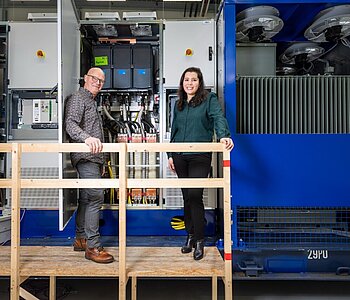
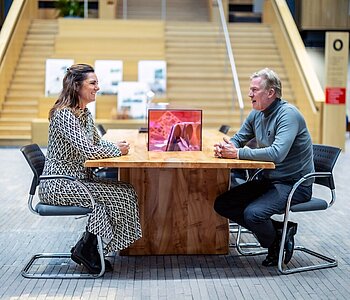
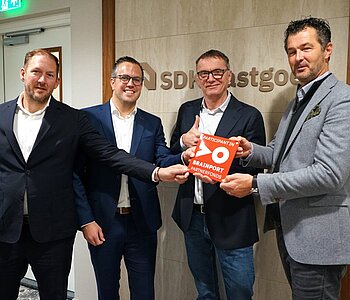

![[Translate to English:] [Translate to English:]](/fileadmin/_processed_/c/6/csm_Holla_publicatiefoto_1_707a67f19c.jpg)

![[Translate to English:] [Translate to English:]](/fileadmin/_processed_/2/9/csm_Research_suquare_deelname_0c052c827e.jpg)
![[Translate to English:] [Translate to English:]](/fileadmin/_processed_/e/7/csm_GNT_publicatie_1920x1280_1796e36100.jpg)
![[Translate to English:] [Translate to English:]](/fileadmin/_processed_/5/1/csm_Defensie_vdl1250x833_b8537ecbbd.jpg)